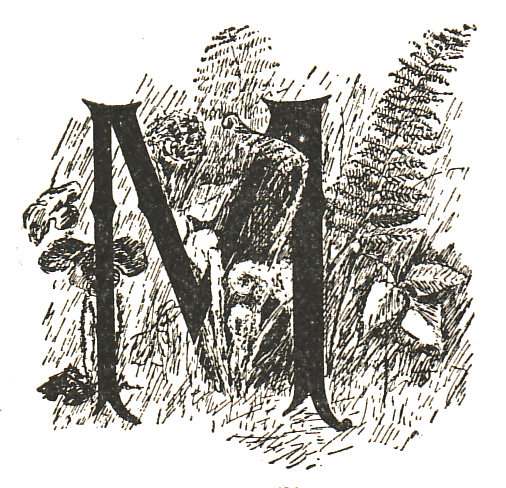



|
 ANY interesting things about ferns may be
taught to the young child, but the more careful study
of these plants is better adapted to
the pupils in the higher grades, and is one of
the wide-open doors that leads directly from
nature-study to systematic science. While
the pupils are studying the different forms in
which ferns bear their fruit, they can make
collections of all the ferns of the locality.
Since ferns are easily pressed and are beautiful
objects when mounted on white paper, the
making of a fern herbarium is a delightful pastime; or
leaf-prints may be
made which give beautiful results (see page 734);
but, better perhaps, than
either collections or prints, are pencil or water-color
drawings with details
of the fruiting organs enlarged. Such a portfolio is
not only a thing of
beauty but the close observation needed for drawing
brings much
knowledge to the artist.
ANY interesting things about ferns may be
taught to the young child, but the more careful study
of these plants is better adapted to
the pupils in the higher grades, and is one of
the wide-open doors that leads directly from
nature-study to systematic science. While
the pupils are studying the different forms in
which ferns bear their fruit, they can make
collections of all the ferns of the locality.
Since ferns are easily pressed and are beautiful
objects when mounted on white paper, the
making of a fern herbarium is a delightful pastime; or
leaf-prints may be
made which give beautiful results (see page 734);
but, better perhaps, than
either collections or prints, are pencil or water-color
drawings with details
of the fruiting organs enlarged. Such a portfolio is
not only a thing of
beauty but the close observation needed for drawing
brings much
knowledge to the artist.
References.—Our Ferns in Their Haunts, W. N. Clute, (of greatest value to teachers because it gives much of fern literature); How to Know the Ferns, Parsons; Ferns, Waters; New England Ferns, Eastman.